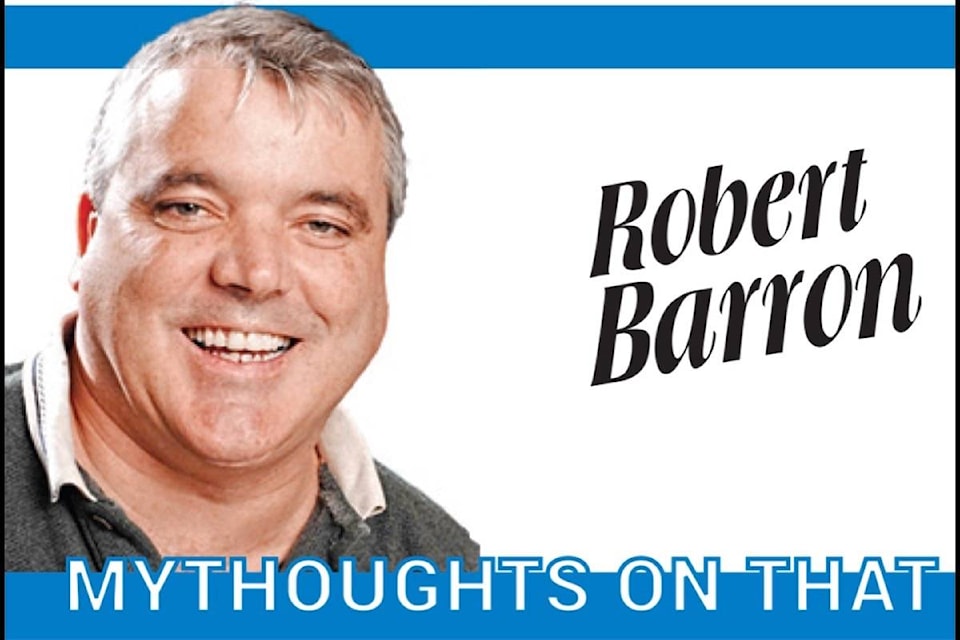The stories again surfacing about residential schools from the Indigenous Peoples who were forced to attend them are horrific.
Now that hundreds of graves of Indigenous children are being discovered at former residential schools across the country, many of those who were forced to experience their appalling atrocities are finally coming forward to publicly share their experiences for the first time.
Last week, Herman Thomas, a member of the Halalt First Nation who attended Kuper Island Indian Residential School more than 60 years ago, walked through our office doors. More than 160 unmarked graves were recently found near the former school site.
He didn’t want to talk about his own personal experiences while at the school, but he did want to get off his chest how the treatment he and all the other students suffered there impacted their lives.
“I’ve never talked about it with anyone before, except close family members, but I will always remember what happened there,” Thomas said.
“Me and my friends were young and full of love when we went to that school, but love went away during the time we were there and it was replaced by anger, mistrust and hatred. After I finally left the school and went home with my family, I began enjoying myself again and that helped stabilize me, but I never got over it to this day.”
Thomas said he remembers when two girls at the school tried to escape in a canoe, but drowned.
He recalls the priests at the school called an assembly and harshly warned the students that the same could happen to them if they tried to do the same thing.
“They showed no remorse for the girls at all, and made it clear to us they didn’t really care about them,” Thomas said.
“The priests also used to tell us that our ancestors were in purgatory [an intermediate place some Christians believe souls of people who have died without being in God’s grace go to be made ready for heaven] and we’d need to pray really hard to help get them into heaven. We’d do it too. They did all they could to kill the native in us.”
Thomas would like to see those who worked at the schools held accountable.
The treatment of the Indigenous populations across all of North America since European contact in the late 15th century has been a travesty, and what happened at the residential schools is just one of the latest chapters.
In Newfoundland, where I come from, the entire population of the native Beothuk people who had inhabited that island for thousands of years were wiped out within a few hundred years after Europeans began fishing its coastline in 1497.
While diseases, like tuberculosis, that the white people brought with them played a role in the extinction of the Beothuk people, they were also seen as little more than vermin who stole from fishing camps by many of the newly arrived Europeans and were mercilessly slaughtered.
Finally, in the early 1800s, some of the European settlers began to recognize that the Beothuk were human beings after all and began making efforts to reach out to them.
You can be sure, however, that this concept of “reaching out” really meant they wanted to make good Christians out of them, and you can bet that would have led to the creation of some sort of residential schools there as well.
But it was already too late for the Beothuk people, with the last known one of them, Shawnadithit, dying of tuberculosis in St. John’s in 1829.
The cold, hard truth is that people of European descent have never been exactly good neighbours to First Nations.
Some sort of atonement is long overdue.
robert.barron@cowichanvalleycitizen.com
Like us on Facebook and follow us on Twitter
